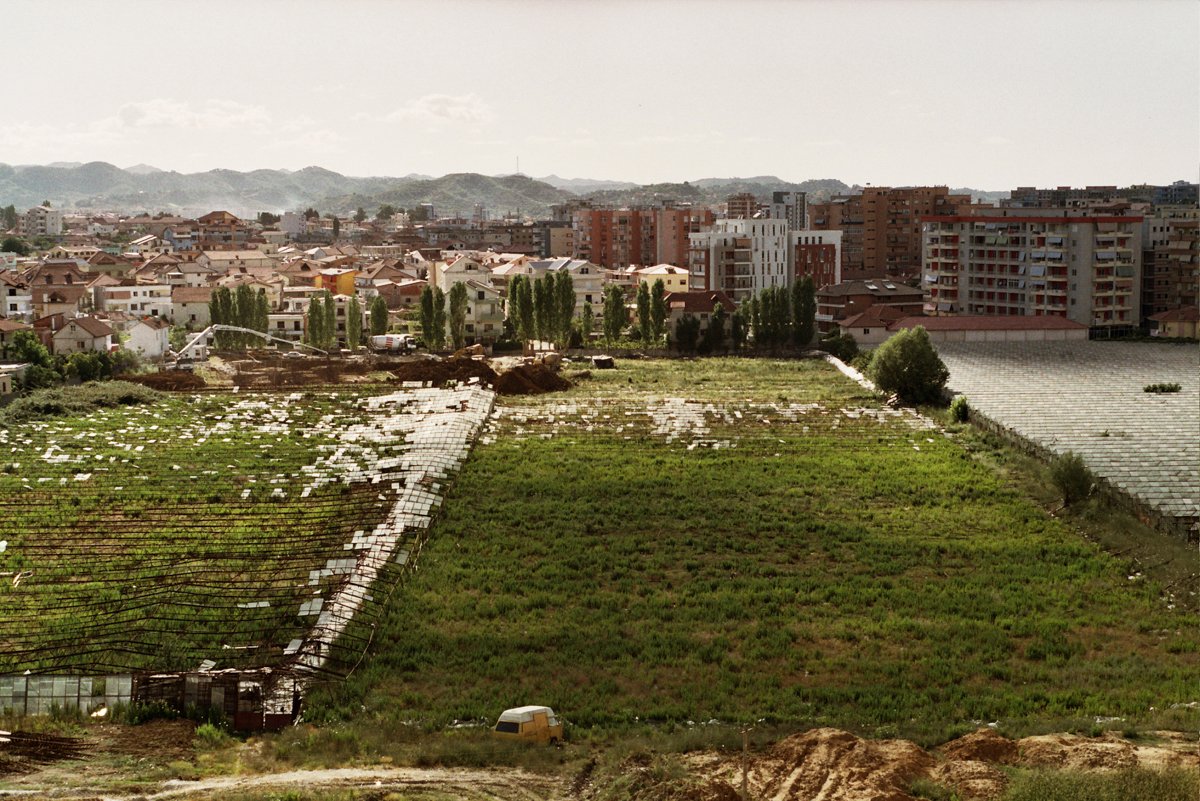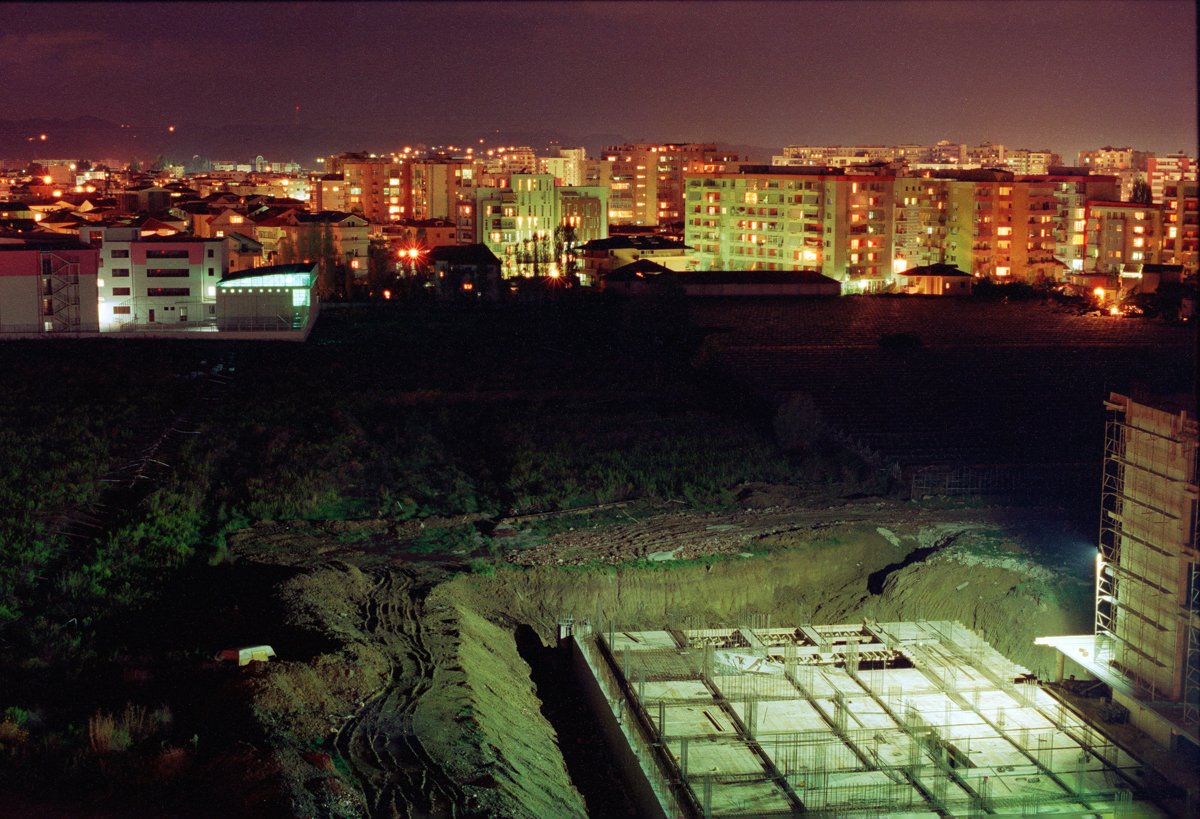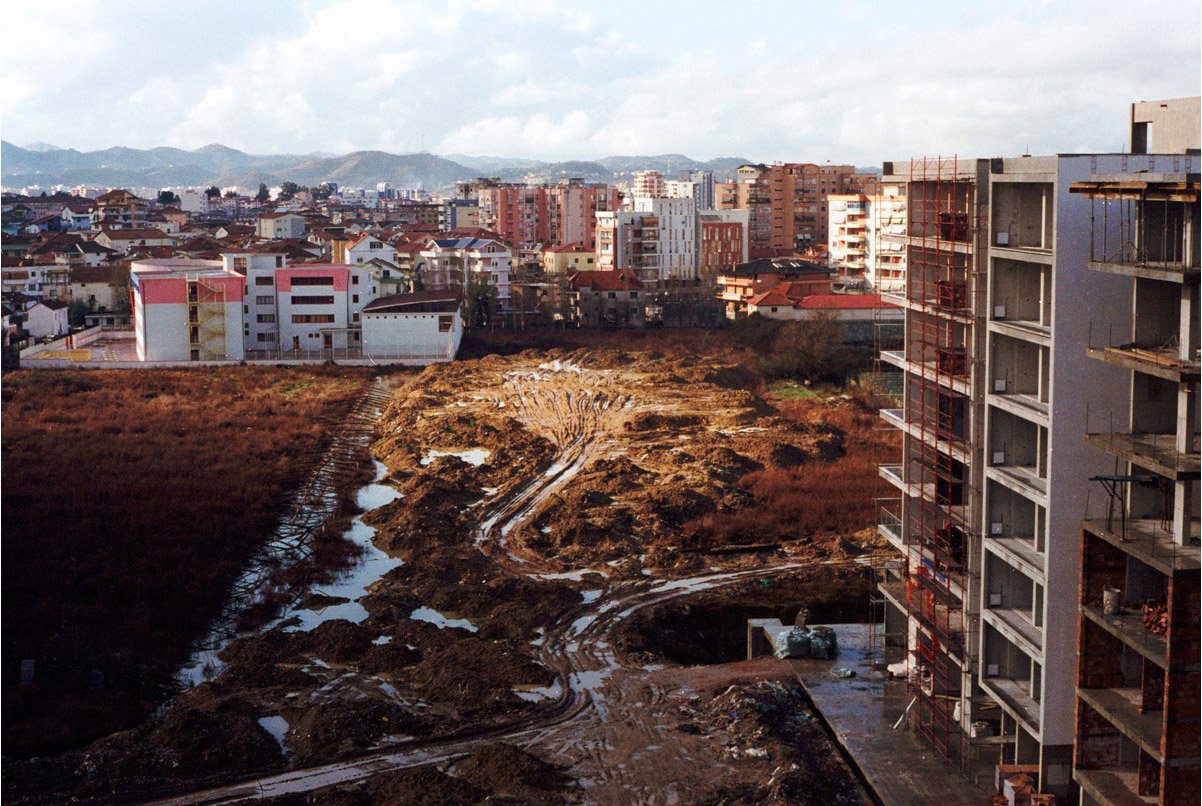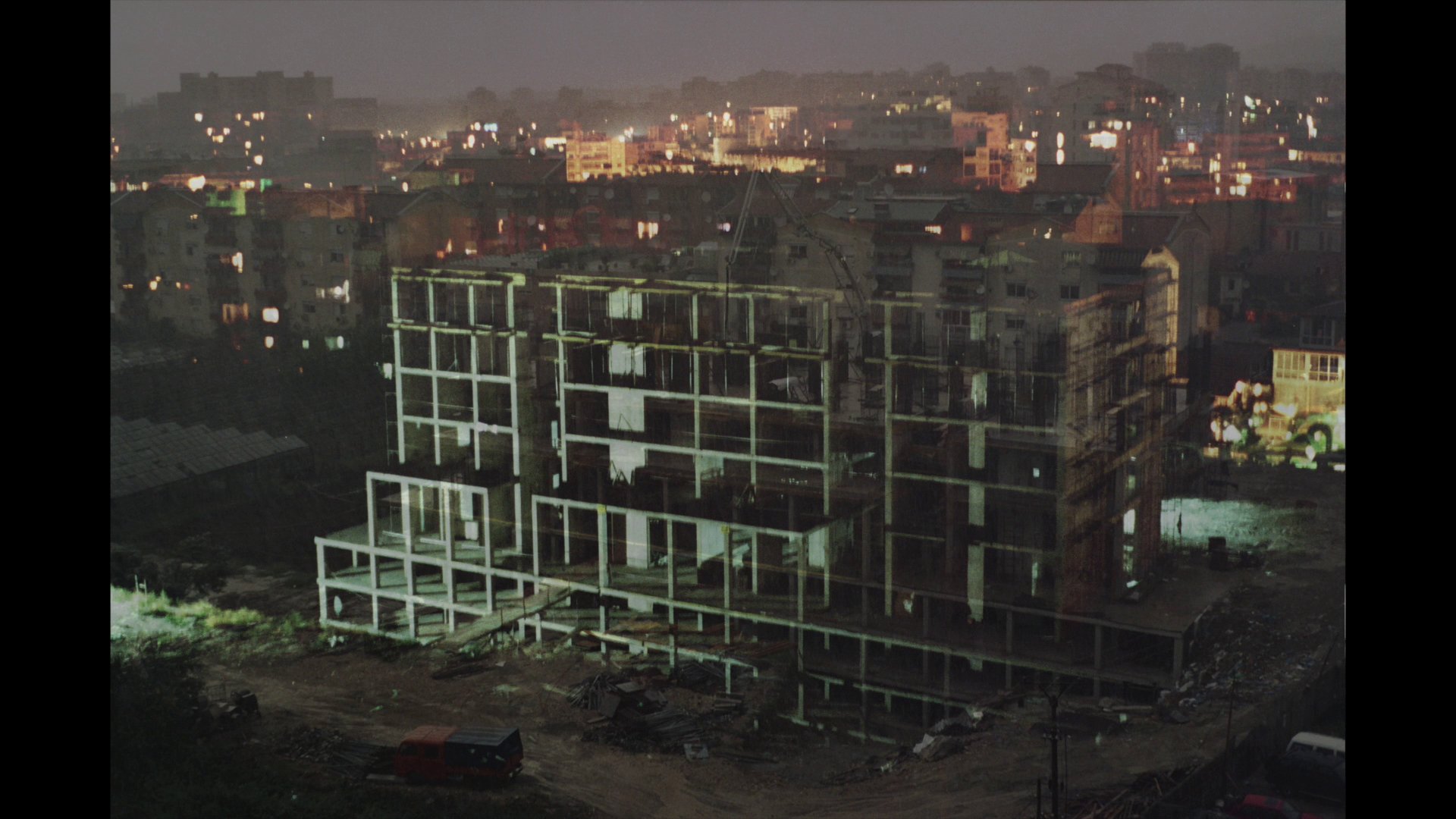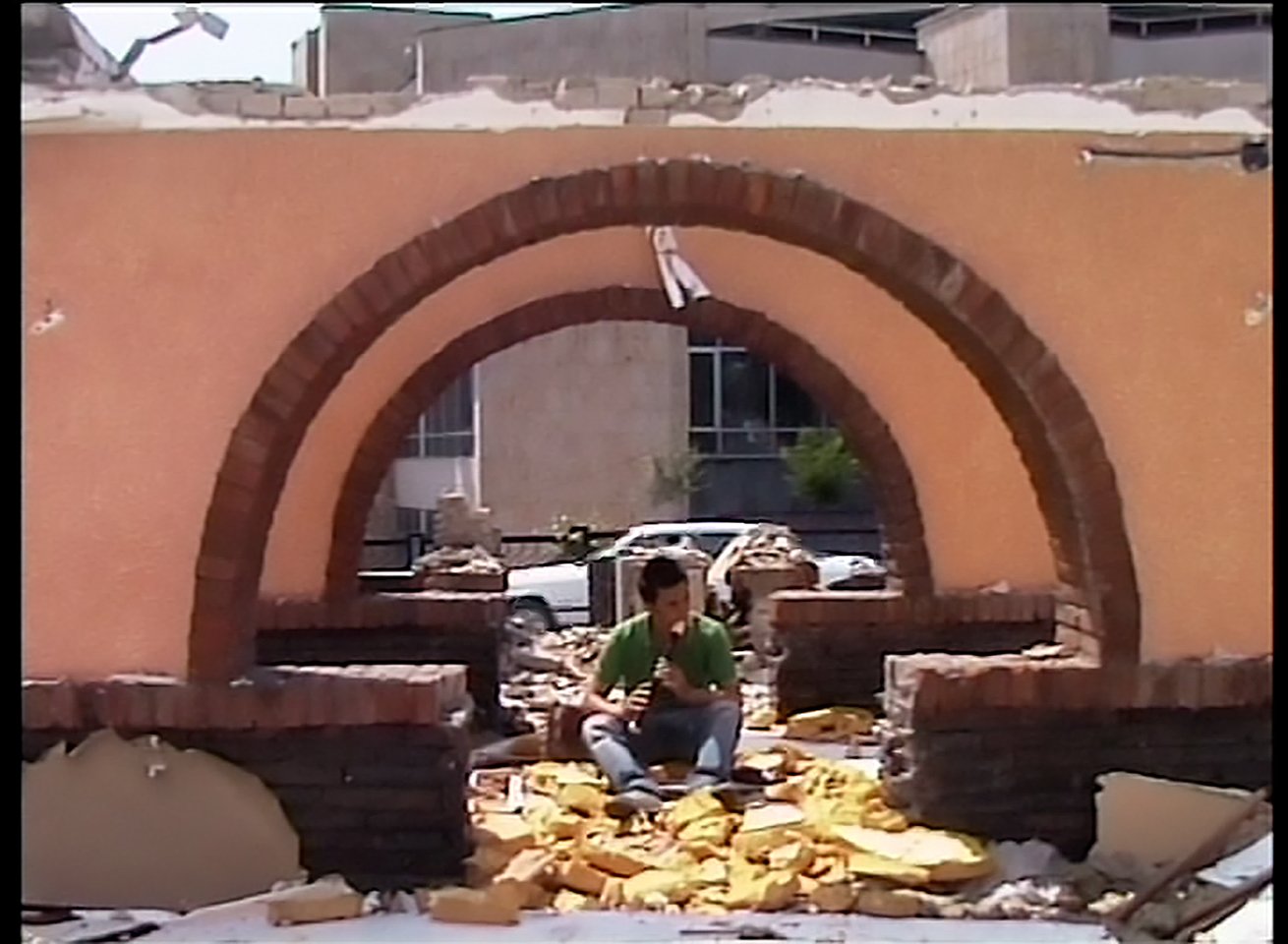Leonard Qylafi
Leonard Qylafi (b. 1980) is an Albanian visual artist, whose practice explores several mediums such as photography, painting, video and music, where the theme of the City and its Architecture occupies a certain role. The Photography and Video Projects that reflect on the transformation of urban spaces are (real) ESTATE, Estate, Whispers & Shadows, Solo Show. Deeply linked with personal experience, Leonardi's artworks are a process of research and meditation between subjects and mediums. Since his graduation from the Academy of Fine Arts in Tirana, the Atelie of Painting 2003, Leonard Qylafi has been present in the local and international art scene. During the last years his works have been shown in several galleries and international events, such as: Centre de création contemporane, Olivier Debré, Tours-France (2021); Belvedere 21 Vienna, Austria (2019); NiMAC Cyprus (2018); National Gallery Tirana, Albania (2017); MuCEM, Marseilles, Izolyatsia, Kiev in (2016); The 55th October Salon, Belgrade (2014); Künstlerhaus Bethanien, Berlin and Kunst Raum Riehen Basel/Switzerland (2012); MODEM Centre for Modern and Contemporary Arts, Debrecen, Hungary (2011); TICAB-Tirana International Biennial of Contemporary Art, Bjcm- XIII Biennal of young artists from Europe and Mediterranean, Puglia, Italy and ISCP- New York /USA in (2009) among other places. His work is published internationally and is collected by; The Albanian National Gallery of Art, MuCEM- Musée des Civilisations de l'Europe et de la Méditerranée, Marseille; Contemporary Art museum Belvedere 21, Vienna, video collection and several private collections. In 2017, Leonard Qylafi represented Albania in the 57th edition of the Venice Biennale, with the multidisciplinary project "Occcurrence in the Present Tense" curated by Vanessa Joan Müller. I am very pleased that Leonardi accepted to be interviewed for Tatì Space and talk about his projects in regarding Architecture and Urban Photography.
Alketa Misja for Tatì Space: Hello Leonard. You are a visual artist who explores several mediums, among them Photography and Video. What is the place Photography occupy in your artistic practice? How did you become interested in Urban and Architecture Photography?
Leonard Qylafi: My interest in photography came when I was studying at the Academy of Arts, in the painting atelie. Until then I had an art school education, focusing on drawing and painting. Photography was new to me and took time to master technically and use as a medium for special projects. What I can say is that it has had a huge impact on my practice as an artist either directly or indirectly and remains present in my work. Mainly, special projects that I have realized in photography have always been solutions started from a conceptual approach. In the case of urban photography, it has naturally been part of projects that focuse on urban transformations.
Tatì Space: What is your approach, in respect to Architecture and Urban Photography? You have several projects about the new construction in a rapidly growing city like Tirana. What is the idea, the concept behind these works?
Leonard Qylafi: I have been dealing with urban photography mainly in function of the artistic projects that I have developed. Around 2007-2011, urban space has taken an important place in my projects. The (Real) Estate and Estate projects are based entirely on photography, even though Estate is a photo animation turned into a video. Other projects always with the same theme have been in the form of videos such as Private Show or Whispers&Shadows. In each of them, a special aspect of the relationship we have with the space we live in is addressed, and in particular the idea of change and memory in relation to what we call Polis or city, as a complex entity and an expression of the culture and worldview of human society.
Tatì Space: How do you see the artistic scene in Albania in relation to Urban Photography? (if you can share an opinion). The photo can provoke a thought or nurture a discussion about city's problems. In this sense, what advice can you give to young photographers who want to explore urban and architecture photography?
Leonard Qylafi: Looking at the artistic scene in a general view, I can say that unfortunately there is a total lack of spaces, structures that are necessary for the promotion and exposure of art as a whole and of course contemporary photography. This makes it difficult to recognize and introduce new artist-photographers. The other part that makes it even more difficult, in the case of photography in particular, is its massification as a practice with the development of technology. It would be necessary to create special structures with a focus on photography. Regarding urban and architectural photography, I can say that Tirana today is a very rich subject to explore. I would suggest young photographers to see it as a unique opportunity on which to build their research either in terms of the city as a subject or architecture in particular.
Tatì Space: Thank you Leonard, We wish you all the best for your artistic plans and projects.
Below we give a summary of Leonard Qylafi's works, with regard to Urban and Architecture Photography, focused on theme of City and construction developments.
(real) ESTATE
(real) ESTATE, courtesy of Leonard Qylafi
The series of photographs were developed within a three year period and together with the video works Estate and Whispers & Shadows reflect on the transformation of the urban space in Tirana. In this particular project that was the starting point of my research on this topic the documentary style of photography plays the role of the critical awarnes of how the space is transformed. How a different ecomomic and political system overlapes a previous one. The greenhouse use to exist in suburb of Tirana during the communist regime and now is in a middle of a new neighborhood . This masive transformation more than having a shocking effects rises the question of how much do we participate as people living in a city. Do we decide how this city should be shaped to fit our needs ? Unfortunately the people don't play any role but the spectator.
Whispers & Shadows / 2011 / Video installation / Standard Pal 4:3 aspect with sound / 5:24 min/sec
Fragment from the Video installation “Whispers & Shadows” / 2011 / Standard Pal 4:3 aspect with sound / 5:24 min/sec. courtesy of Leonard Qylafi
The ambiance of the site introduces the viewer with the happening; constructions machines excavating in the ground covered by the darkness of the night. Their loud noises give place to a female voice reading selected text by Aristotle’s Politics. The verses which speak about Polis and the sense of living together sound utopia in the today machine-like model of urban centre where the role of the public seems to get eclipsed somehow. The ideal of living together, sharing the goods and the space sounds like millenniums away indeed, once the noise of the machines is firmly back.
ESTATE / 2007 / Video installation / Full HD (no sound) / 8:58 min/sec
Fragment from the Video installation ESTATE / 2007 , Full HD (no sound) / 8:58 min/sec courtesy of Leonard Qylafi
The silent animation lump numerous photographs making this way notes of the construction process of a massive building. The perceptive aspect of the process becomes a key element of the work. The physical time of a two year process of construction is concentrated in nine minutes of animation but it does so by challenging the viewer attention with an apparently freeze look.
Private show / 2006 / Video installation / Standard Pal 4:3 / Music by Leonard Qylafi / 3:19 min/sec
Fragment from the Video installation “ Private show”, 2006, Standard Pal 4:3 / Music by Leonard Qylafi / 3:19 min/sec. courtesy of Leonard Qylafi
The relations we have with places is very complex and somehow impossible to describe in words. In Tirana where I live is very usual to see buildings demolished for building new ones. This violent transformation impacts the life of people living in the city. When you see that a building that you know is demolished the kind of shock you experience can not be described. This was also the case with the building that becomes the stage of my performance. I go there and play a short music piece I have composed as a memoriam to the relation I use to have with that place
To see more about author’s work on his website: www.leonardqylafi.com



